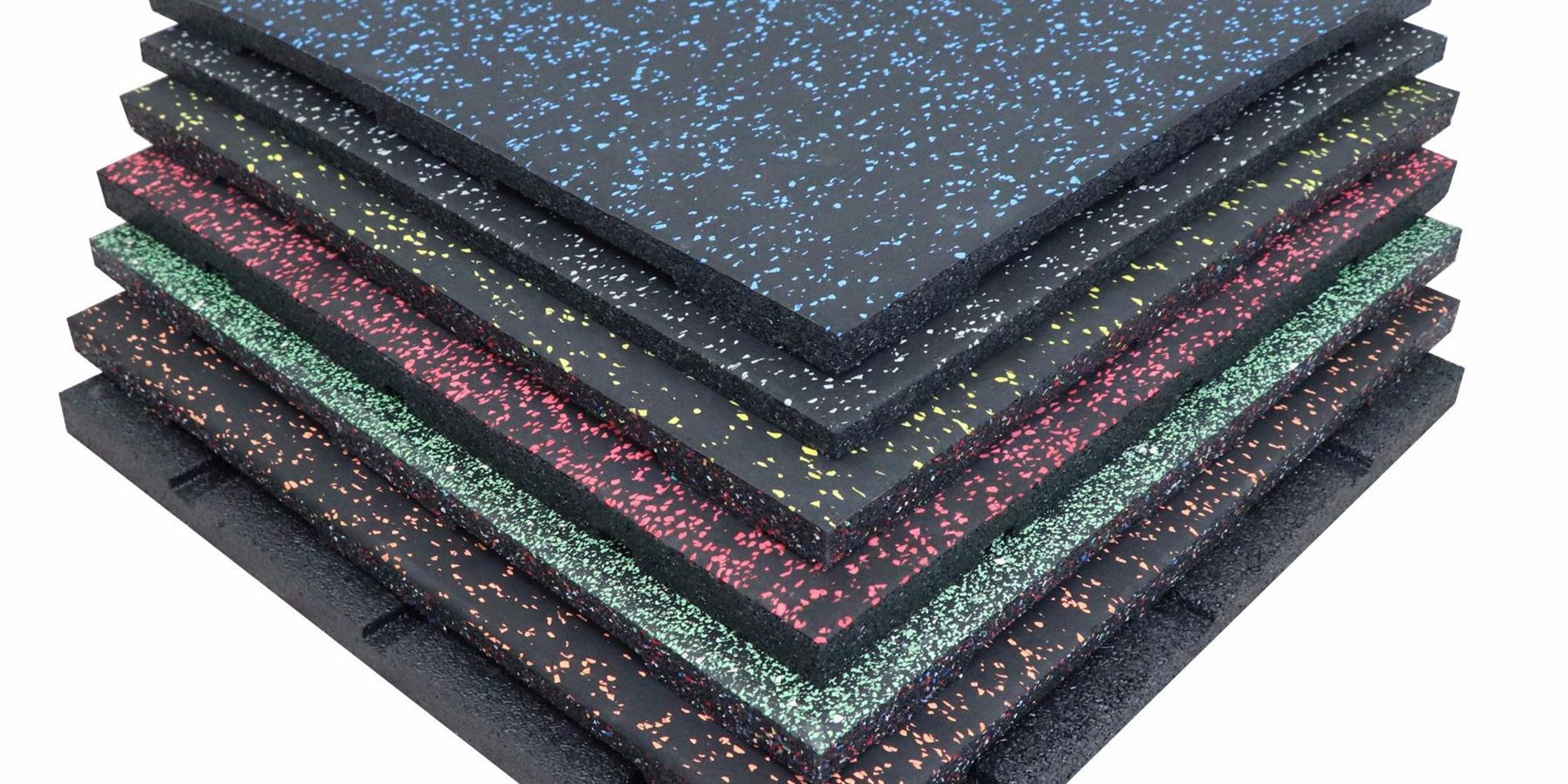When considering rubber floor tiles, it’s important to weigh them against other flooring options to make an informed decision. In this blog post, we’ll compare rubber floor tiles to alternative flooring materials, helping you choose the right one for your needs.
Comparing Durability: Explore how rubber floor tiles stack up against materials like hardwood, laminate, and carpet in terms of durability. Rubber tiles are known for their toughness, resistance to wear, and long lifespan.
Comfort and Safety: Consider the comfort and safety aspects of rubber tiles compared to hard surfaces like concrete or ceramic tiles. Rubber offers cushioning and slip resistance, enhancing user comfort and safety.
Maintenance Requirements: Examine the maintenance needs of rubber tiles versus other flooring options. Rubber typically requires less maintenance than materials like natural stone or carpet.
Aesthetics and Design: Discuss the design possibilities with rubber floor tiles in comparison to materials like hardwood or luxury vinyl. Rubber tiles come in various colors and patterns, offering design flexibility.
Cost Analysis: Evaluate the cost of rubber floor tiles in relation to other flooring materials. While rubber may have a higher upfront cost, it often provides better long-term value due to its durability and low maintenance requirements.
Environmental Impact: Consider the environmental impact of rubber tiles versus materials like hardwood or carpet. Recycled rubber tiles contribute to sustainability efforts.
Conclusion: This blog post will help readers make an informed choice by comparing rubber floor tiles to alternative flooring options based on durability, comfort, maintenance, design, cost, and environmental impact.








